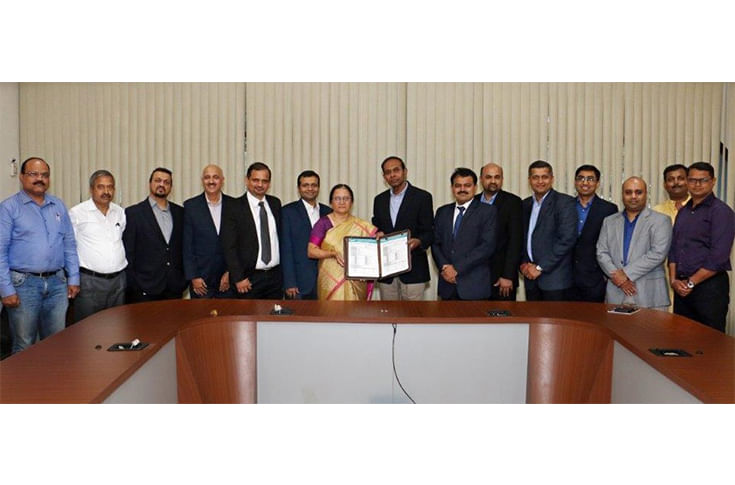Cummins India gets BS VI compliance certification from ARAI
For BS VI, Cummins has added DPF and DOC aftertreatment technologies to achieve additional robustness and margins on particulate matter, hydrocarbons and oxides of nitrogen.
Diesel and gas engine major, Cummins recently completed the BS VI emission standard compliance certification tests with the Automotive Research Association of India (ARAI).
The company says while India move to BS-VI emission regulations from April 1, 2020, Cummins India showcased its BS VI emission compliant engines, turbocharger technologies, and exhaust after-treatment technologies and solutions for BS VI compliant engines ahead of time at the AutoExpo 2018.
Ashwath Ram, MD, Cummins India, said, “It is our constant endeavour to power our customers through innovation and dependability along with an appropriate strategy that addresses market requirements. Cummins has always been the front-runner with the BS VI engine technology and it gives us immense pleasure to complete the BS VI Certification tests with Automotive Research Association of India (ARAI) ahead of time”.

Pradheepram Ottikkutti, chief technology officer, Cummins India and team receiving the BS-VI certification from Rashmi Hemant Urdhwareshe, director, ARAI
“Cummins Engines with SCR (Selective Catalytic Reduction) aftertreatment system has been pioneering clean air technologies in the country since their launch in the BS-IV era in April 2017. The vast experience Cummins has in the Indian market clubbed with proven engine and emissions technologies gives us an edge in the BS-VI regime where the entire diesel industry will be adopting that technology. Cummins is a leading technology partner and we are confident that we will be the enabler for the technological shift from BS-IV to BS-VI in a short span of time,” added Ram.
The company says globally more than 1 million Euro 6/BS VI equivalent and higher emission vehicles are running with Cummins engine and aftertreatment system. All the major commercial vehicle OEMs across the world have selected SCR technology to meet new and upcoming BS-VI emission standards.
Cummins says leading Indian CV OEMs SCR technology as a preferred engine and aftertreatment solutions. Since 2014 Cummins has provided solutions for medium and heavy-duty commercial vehicles ranging from 130 HP to 400 HP. The company's says SCR technology allows engines to operate at a more optimal combustion temperature providing better fuel efficiency with lower NOx and particulate matter generation. For BS-VI, Cummins has added DPF and DOC aftertreatment technologies to achieve additional robustness and margins on particulate matter, hydrocarbons and oxides of nitrogen. The company says a number of patents have been filed during the development of BS-VI technologies, giving it a proven advantage over the competition.
RELATED ARTICLES
Cosmo First diversifies into paint protection film and ceramic coatings
The Aurangabad, Maharashtra-based packaging materials supplier is leveraging its competencies in plastic films and speci...
JSW MG Motor India confident of selling 1,000 M9 electric MPVs in first year
The 5.2-metre-long, seven-seater luxury electric MPV, which will be locally assembled at the Halol plant in Gujarat, wil...
Modern Automotives targets 25% CAGR in forged components by FY2031, diversifies into e-3Ws
The Tier-1 component supplier of forged components such as connecting rods, crankshafts, tie-rods, and fork bridges to l...





 By Autocar Professional Bureau & Autocar Professional Bureau
By Autocar Professional Bureau & Autocar Professional Bureau
 16 Sep 2019
16 Sep 2019
 23378 Views
23378 Views





 Autocar Professional Bureau
Autocar Professional Bureau




